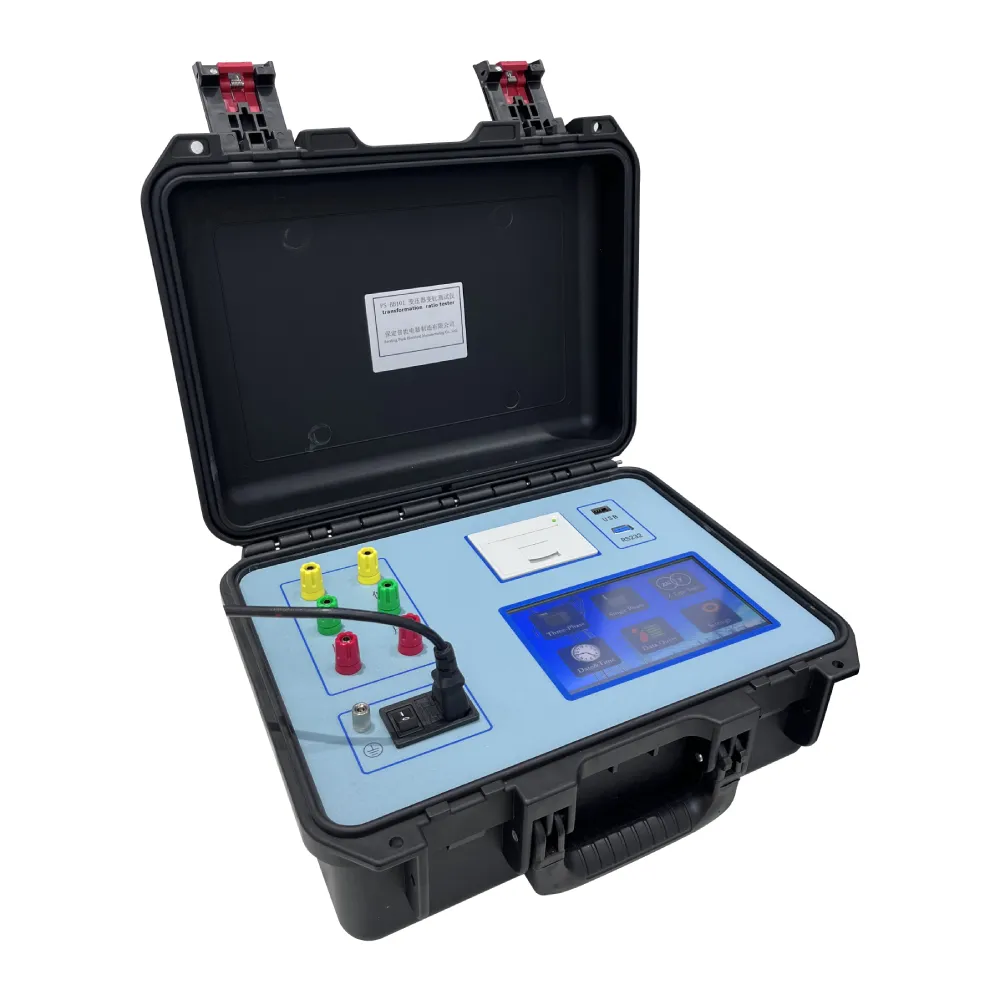 English
English



-
 Afrikaans
Afrikaans -
 Albanian
Albanian -
 Amharic
Amharic -
 Arabic
Arabic -
 Armenian
Armenian -
 Azerbaijani
Azerbaijani -
 Basque
Basque -
 Belarusian
Belarusian -
 Bengali
Bengali -
 Bosnian
Bosnian -
 Bulgarian
Bulgarian -
 Catalan
Catalan -
 Cebuano
Cebuano -
 China
China -
 China (Taiwan)
China (Taiwan) -
 Corsican
Corsican -
 Croatian
Croatian -
 Czech
Czech -
 Danish
Danish -
 Dutch
Dutch -
 English
English -
 Esperanto
Esperanto -
 Estonian
Estonian -
 Finnish
Finnish -
 French
French -
 Frisian
Frisian -
 Galician
Galician -
 Georgian
Georgian -
 German
German -
 Greek
Greek -
 Gujarati
Gujarati -
 Haitian Creole
Haitian Creole -
 hausa
hausa -
 hawaiian
hawaiian -
 Hebrew
Hebrew -
 Hindi
Hindi -
 Miao
Miao -
 Hungarian
Hungarian -
 Icelandic
Icelandic -
 igbo
igbo -
 Indonesian
Indonesian -
 irish
irish -
 Italian
Italian -
 Japanese
Japanese -
 Javanese
Javanese -
 Kannada
Kannada -
 kazakh
kazakh -
 Khmer
Khmer -
 Rwandese
Rwandese -
 Korean
Korean -
 Kurdish
Kurdish -
 Kyrgyz
Kyrgyz -
 Lao
Lao -
 Latin
Latin -
 Latvian
Latvian -
 Lithuanian
Lithuanian -
 Luxembourgish
Luxembourgish -
 Macedonian
Macedonian -
 Malgashi
Malgashi -
 Malay
Malay -
 Malayalam
Malayalam -
 Maltese
Maltese -
 Maori
Maori -
 Marathi
Marathi -
 Mongolian
Mongolian -
 Myanmar
Myanmar -
 Nepali
Nepali -
 Norwegian
Norwegian -
 Norwegian
Norwegian -
 Occitan
Occitan -
 Pashto
Pashto -
 Persian
Persian -
 Polish
Polish -
 Portuguese
Portuguese -
 Punjabi
Punjabi -
 Romanian
Romanian -
 Russian
Russian -
 Samoan
Samoan -
 Scottish Gaelic
Scottish Gaelic -
 Serbian
Serbian -
 Sesotho
Sesotho -
 Shona
Shona -
 Sindhi
Sindhi -
 Sinhala
Sinhala -
 Slovak
Slovak -
 Slovenian
Slovenian -
 Somali
Somali -
 Spanish
Spanish -
 Sundanese
Sundanese -
 Swahili
Swahili -
 Swedish
Swedish -
 Tagalog
Tagalog -
 Tajik
Tajik -
 Tamil
Tamil -
 Tatar
Tatar -
 Telugu
Telugu -
 Thai
Thai -
 Turkish
Turkish -
 Turkmen
Turkmen -
 Ukrainian
Ukrainian -
 Urdu
Urdu -
 Uighur
Uighur -
 Uzbek
Uzbek -
 Vietnamese
Vietnamese -
 Welsh
Welsh -
 Bantu
Bantu -
 Yiddish
Yiddish -
 Yoruba
Yoruba -
 Zulu
Zulu
High Voltage Insulation Testing Equipment for Safety and Reliability
Understanding Hi-Pot Testers Essential Tools for Electrical Safety Testing
Hi-pot testers, also known as high potential testers, are essential devices used in the electrical industry to ensure the safety and reliability of electrical equipment. These testers are designed to apply high voltage to electrical components and systems, helping to identify weaknesses in insulation, ensuring compliance with safety standards, and preventing potential electrical hazards.
What is a Hi-Pot Test?
A hi-pot test is a diagnostic procedure that involves applying a specified voltage — significantly higher than the normal operating voltage of the equipment — for a set duration. The primary objective of the hi-pot test is to identify any electrical insulation failures that could lead to dangerous situations like electric shocks, equipment failure, or fire.
The process typically involves connecting the hi-pot tester to the electrical device being tested. The tester then applies the high voltage while monitoring the insulation resistance and current leakage. If the insulation is robust, the equipment should handle the high voltage without any current leakage. However, if there are flaws in the insulation, the tester will indicate a failure, thus alerting technicians to potential hazards.
Why Use Hi-Pot Testers?
1. Safety Compliance Many industries must adhere to stringent electrical safety regulations and standards. Hi-pot testing is often a critical component of quality control to ensure compliance with these safety benchmarks. Regular testing can help companies avoid legal liabilities and ensure worker safety.
2. Preventative Maintenance Conducting hi-pot tests can be part of a proactive maintenance strategy. By identifying insulation issues before they lead to equipment failure, companies can save significant costs associated with downtime and repairs.
3. Quality Assurance For manufacturers, hi-pot testing is integral to the production process. It ensures that electrical products are safe for consumers and will perform reliably throughout their intended lifespan.
hi pot testers

Types of Hi-Pot Testers
Hi-pot testers come in various forms, catering to different testing requirements. The most common types include
- AC Hi-Pot Testers These apply an alternating current (AC) high voltage to the device. They are widely used in various applications, including power supply testing and insulation verification.
- DC Hi-Pot Testers These deliver direct current (DC) voltage. They are often employed in testing high-voltage equipment, such as transformers and cables, as they tend to provide clearer results in certain scenarios.
- Automated Hi-Pot Testers These advanced testers integrate technology allowing for automated testing processes. They are capable of storing test results and generating reports, facilitating easier data management and analysis.
Conclusion
Hi-pot testers are crucial for maintaining electrical safety in industrial and manufacturing environments. By identifying insulation weaknesses and ensuring compliance with safety standards, these devices play a significant role in preventing electrical failures and protecting both equipment and personnel. Regular hi-pot testing should be an integral part of any comprehensive electrical safety program, safeguarding not just the equipment but ultimately the lives of those who depend on them.
In a world where electrical equipment is ubiquitous, understanding and utilizing hi-pot testers effectively is more important than ever. Whether you are a manufacturer, a maintenance engineer, or an electrical technician, incorporating hi-pot testing into your practices will significantly enhance safety and operational reliability.
-
Testing Equipment Industry Sees Major Advancements in 2025: Smart & Precision Technologies Lead the WayNewsJun.06,2025
-
Applications of Direct Current Generators in Renewable Energy SystemsNewsJun.05,2025
-
Hipot Tester Calibration and Accuracy GuidelinesNewsJun.05,2025
-
Digital Circuit Breaker Analyzer Features and BenefitsNewsJun.05,2025
-
Benefits of Real-Time Power Quality Monitoring Devices for Industrial EfficiencyNewsJun.05,2025
-
Earth Fault Loop Testing in High-Rise Building Electrical SystemsNewsJun.05,2025



